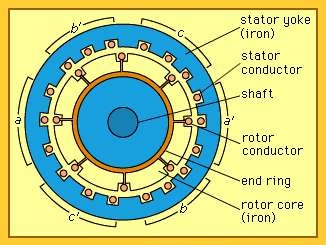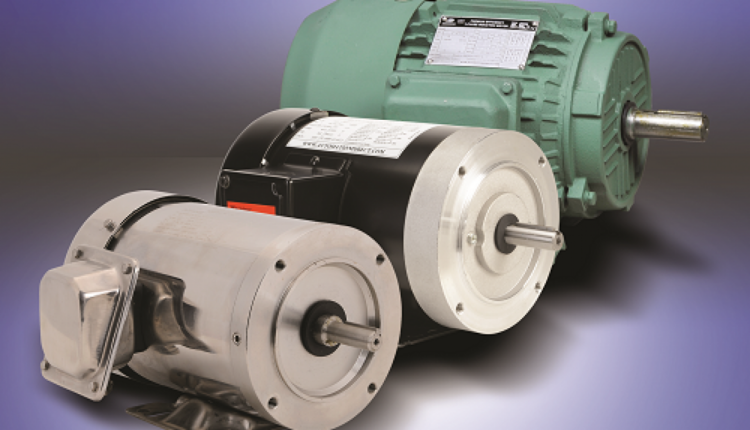Motors and Motor Control Circuits
Offered by:
University of Colorado Boulder
CU-Boulder is a dynamic community of scholars and learners on one of the most spectacular college campuses in the country. As one of 34 U.S. public institutions in the prestigious Association of American Universities (AAU), we have a proud tradition of academic excellence, with five Nobel laureates and more than 50 members of prestigious academic academies.
About Electric Motor
Electric motor, any of a class of devices that convert electrical energy to mechanical energy, usually by employing electromagnetic phenomena.
Most electric motors develop their mechanical torque by the interaction of conductors carrying current in a direction at right angles to a magnetic field. The various types of electric motor differ in the ways in which the conductors and the field are arranged and also in the control that can be exercised over mechanical output torque, speed, and position. Most of the major kinds are delineated below.
Induction Motors, the simplest type of induction motor is shown in cross section in the figure. A three-phase set of stator windings is inserted in slots in the stator iron. These windings may be connected either in a wye configuration, normally without external connection to the neutral point, or in a delta configuration. The rotor consists of a cylindrical iron core with conductors placed in slots around the surface. In the most usual form, these rotor conductors are connected together at each end of the rotor by a conducting end ring.

About this Course
This course can also be taken for academic credit as ECEA 5341, part of CU Boulder’s Master of Science in Electrical Engineering degree.
This is our second course in our specialization on Embedding Sensor and Motors. To get the most out of this course, you should first take our first course entitled Sensors and Sensor Circuits. Our first course gives you a tutorial on how to use the hardware and software development kit we have chosen for the lab exercises. This second course assumes that you already know how to use the kit.
After taking this course, you will be able to:
● Understand how to specify the proper AC or DC motor for a machine design.
● Integrate the motor to a machine, based on analysis of motor equations for voltage, current, torque and speed.
● Implement the motor and accompanying rotary sensor into a motor control circuit in both hardware and software.
● Add a motor and motor control circuit into a microprocessor based development kit.
● Create hardware and firmware to process motor feedback data to a microprocessor for further evaluation.
What you will learn
- AC Motor Designs (5 hours)
- AC Motor Control (6 hours)
- DC Motors (6 hours)
- DC Motor Control and Stepper Motors (6 hours)
- Course Projects (13 hours)



